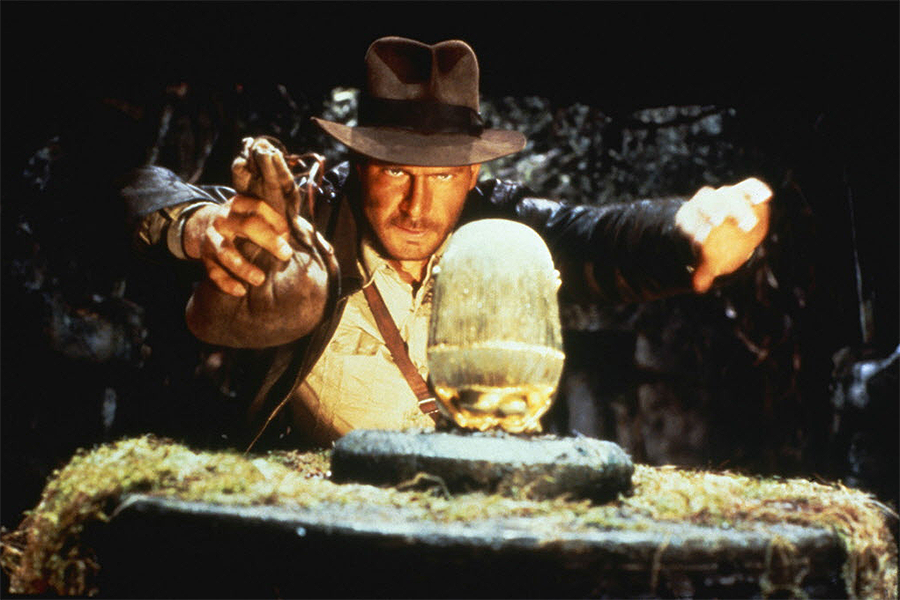Ford and Spielberg reunite for 'Indiana Jones 5': Lessons from 'Force Awakens'
Loading...
Indy will be back.
After speculation over what would happen with the popular movie series, Disney announced Tuesday that there will be a fifth “Indiana Jones” film and that series star Harrison Ford and director Steven Spielberg, who directed all four previous installments, will be working on the fifth film.
The movie will come out in the summer of 2019.
The first three films in the series – the first, 1981’s “Raiders of the Lost Ark,” is likely the most acclaimed – came out within several years of one another. There was then a gap of almost 20 years between the third installment and the fourth, 2008’s “Indiana Jones and the Crystal Skull.”
“Crystal” got mixed reviews from critics and seemed to be largely disliked by fans, though it became the third-highest-grossing film of the year.
In making this fifth “Indiana” film, those behind the film could learn from another movie in which Mr. Ford recently went back to an iconic role: “Star Wars: The Force Awakens,” which received good reviews and is now the highest-grossing film of all time in the US without adjusting for inflation.
(Spoilers for “Force” follow…)
“Force” was the first movie in more than 30 years in which Ford played space smuggler Han Solo, and his return was largely enjoyed by fans and critics.
One aspect that made the movie work, writes Brian Truitt of USA Today, is that the movie didn’t lean on original stars Ford, Carrie Fisher, and Mark Hamill.
“[Director J.J.] Abrams uses many of the legacy players sparingly, and thankfully never lets them overshadow the newcomers,” Mr. Truitt writes of “Force.”
Of course, that doesn’t mean putting Ford in the background the whole time is a good idea, either – giving him moments to shine still is most likely key. Ford’s takes on Han and Indy were memorable and Chicago Sun-Times writer Richard Roeper praised the actor’s work in “Force.” He “seems to be having more fun playing Han Solo now than he did back in the day,” Roeper writes.
And then there is what is probably the most memorable aspect of Ford returning for “Force”: Han Solo’s death.
This doesn’t mean Indy needs to die, too, but making unexpected decisions and not being afraid to take chances in the new “Indiana” movie as well could be a good idea. Adam Chitwood of Collider writes that Han Solo dying was a good decision creatively.
“Kylo Ren could be one of (if not the) all-time great ‘Star Wars’ villains, and his patricide only complicates his story/emotions further,” Chitwood writes. “In this way, the return of Han Solo is fully justified and sets the stage for a fantastic trajectory in the next two sequels.”






